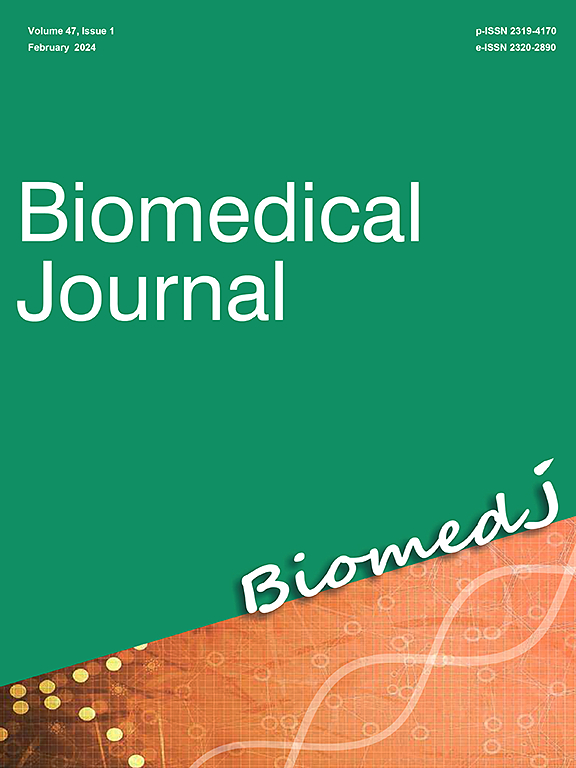Charting new territory: The Plasmodium falciparum tRNA modification landscape
IF 4.1
3区 医学
Q2 BIOCHEMISTRY & MOLECULAR BIOLOGY
引用次数: 0
Abstract
Ribonucleoside modifications comprising the epitranscriptome are present in all organisms and all forms of RNA, including mRNA, rRNA and tRNA, the three major RNA components of the translational machinery. Of these, tRNA is the most heavily modified and the tRNA epitranscriptome has the greatest diversity of modifications. In addition to their roles in tRNA biogenesis, quality control, structure, cleavage, and codon recognition, tRNA modifications have been shown to regulate gene expression post-transcriptionally in prokaryotes and eukaryotes, including humans. However, studies investigating the impact of tRNA modifications on gene expression in the malaria parasite Plasmodium falciparum are currently scarce. Current evidence shows that the parasite has a limited capacity for transcriptional control, which points to a heavier reliance on strategies for posttranscriptional regulation, such as tRNA epitranscriptome reprogramming. This review addresses the known functions of tRNA modifications in the biology of P. falciparum while highlighting the potential therapeutic opportunities and the value of using P. falciparum as a model organism for addressing several open questions related to the tRNA epitranscriptome.
开拓新领域:恶性疟原虫 tRNA 修饰景观。
构成表转录组的核糖核苷修饰存在于所有生物体和所有形式的 RNA 中,包括 mRNA、rRNA 和 tRNA,它们是翻译机制的三大 RNA 组成部分。其中,tRNA 的修饰程度最高,tRNA 表转录组的修饰多样性也最大。除了在 tRNA 的生物发生、质量控制、结构、裂解和密码子识别等方面发挥作用外,tRNA 修饰还被证明可在原核生物和真核生物(包括人类)中转录后调控基因表达。然而,目前很少有研究调查 tRNA 修饰对恶性疟原虫基因表达的影响。目前的证据表明,寄生虫的转录调控能力有限,因此更依赖于转录后调控策略,如 tRNA 表转录组的重编程。本综述探讨了 tRNA 修饰在恶性疟原虫生物学中的已知功能,同时强调了潜在的治疗机会,以及将恶性疟原虫作为模式生物来解决与 tRNA 表转录组相关的几个未决问题的价值。
本文章由计算机程序翻译,如有差异,请以英文原文为准。
求助全文
约1分钟内获得全文
求助全文
来源期刊

Biomedical Journal
Medicine-General Medicine
CiteScore
11.60
自引率
1.80%
发文量
128
审稿时长
42 days
期刊介绍:
Biomedical Journal publishes 6 peer-reviewed issues per year in all fields of clinical and biomedical sciences for an internationally diverse authorship. Unlike most open access journals, which are free to readers but not authors, Biomedical Journal does not charge for subscription, submission, processing or publication of manuscripts, nor for color reproduction of photographs.
Clinical studies, accounts of clinical trials, biomarker studies, and characterization of human pathogens are within the scope of the journal, as well as basic studies in model species such as Escherichia coli, Caenorhabditis elegans, Drosophila melanogaster, and Mus musculus revealing the function of molecules, cells, and tissues relevant for human health. However, articles on other species can be published if they contribute to our understanding of basic mechanisms of biology.
A highly-cited international editorial board assures timely publication of manuscripts. Reviews on recent progress in biomedical sciences are commissioned by the editors.
 求助内容:
求助内容: 应助结果提醒方式:
应助结果提醒方式:


